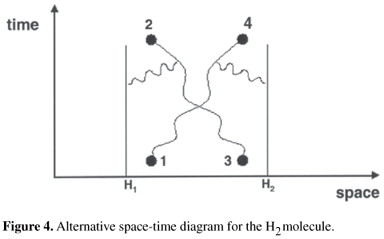In this paper we briefly review the basic requirements that must be satisfied by any wave function representing many-electron systems. Following that, we examine the conditions under which the classical concepts of molecular structure, chemical structure and chemical bond can be translated into a quantum-mechanical language. Essential to this aim is the utilization of an independent particle model (IPM) for a many-electron system. In spite of the great popularity of the Hartree-Fock (HF) model only Valence-Bond (VB) type wave functions with optimized, singly occupied and non necessarily orthogonal atomic-like orbitals, can provide a quantum-mechanical translation of the classical concepts of chemical structure and chemical bond, although the HF model can still be useful for translating the concept of molecular structure. Finally, a quantum-dynamical-type of analysis allows us to conclude that, from the quantum mechanical point of view, the chemical bond is a consequence of interference effects. From the energetic point of view, the interference effect responsible for the bond formation manifests itself as a reduction of the kinetic energy of the electrons as the bond is formed.
chemical bond; generalized valence bond; quantum interference; permutation symmetry; many-electrons wave function





























